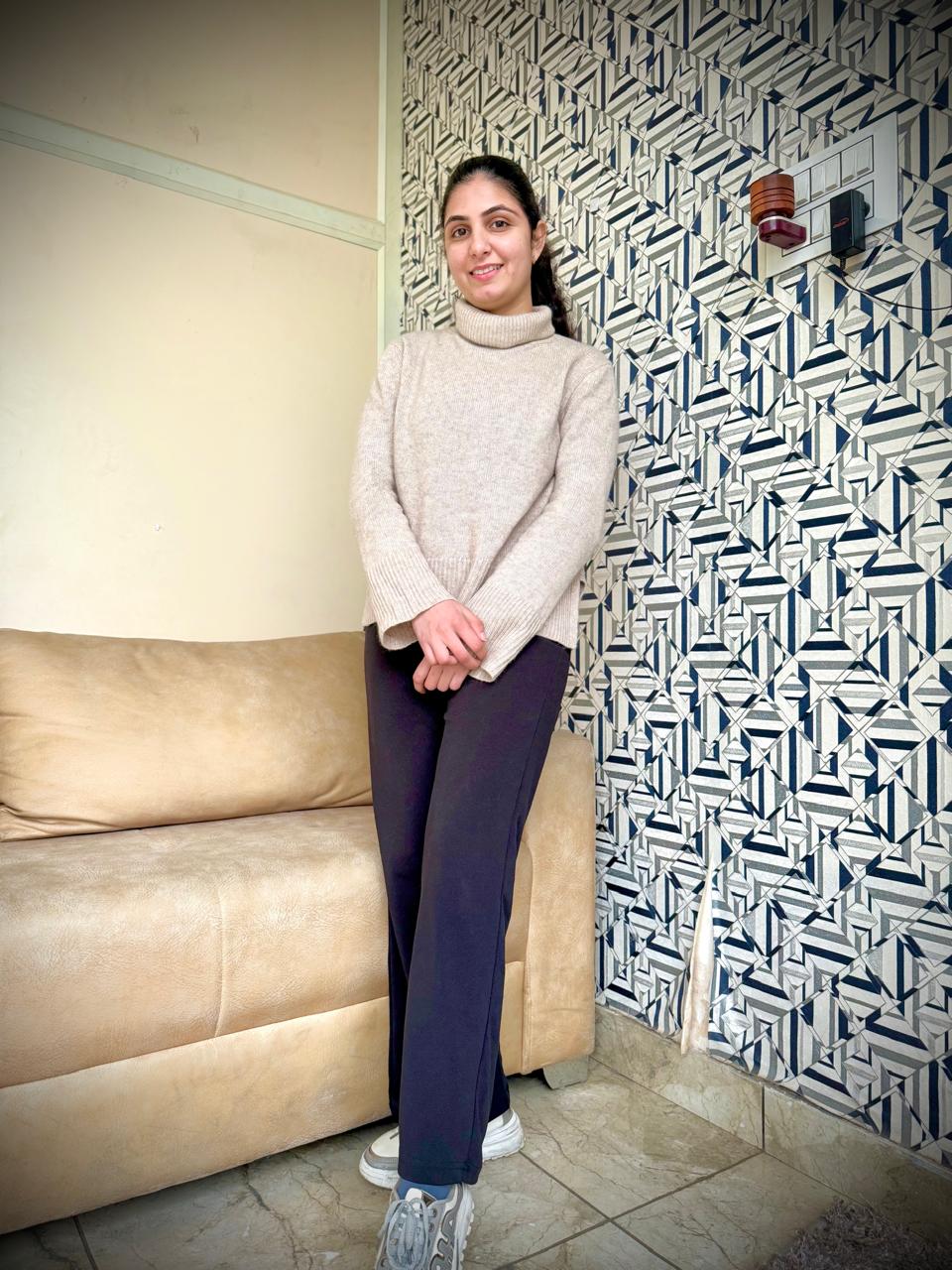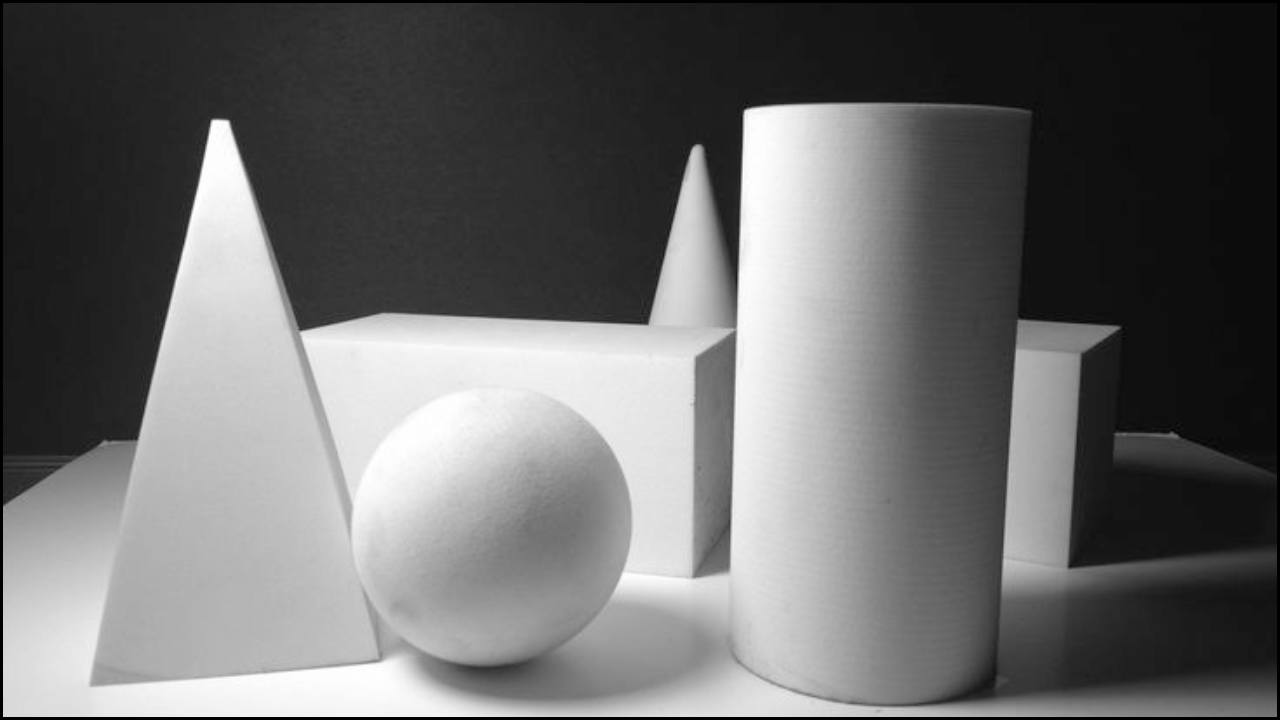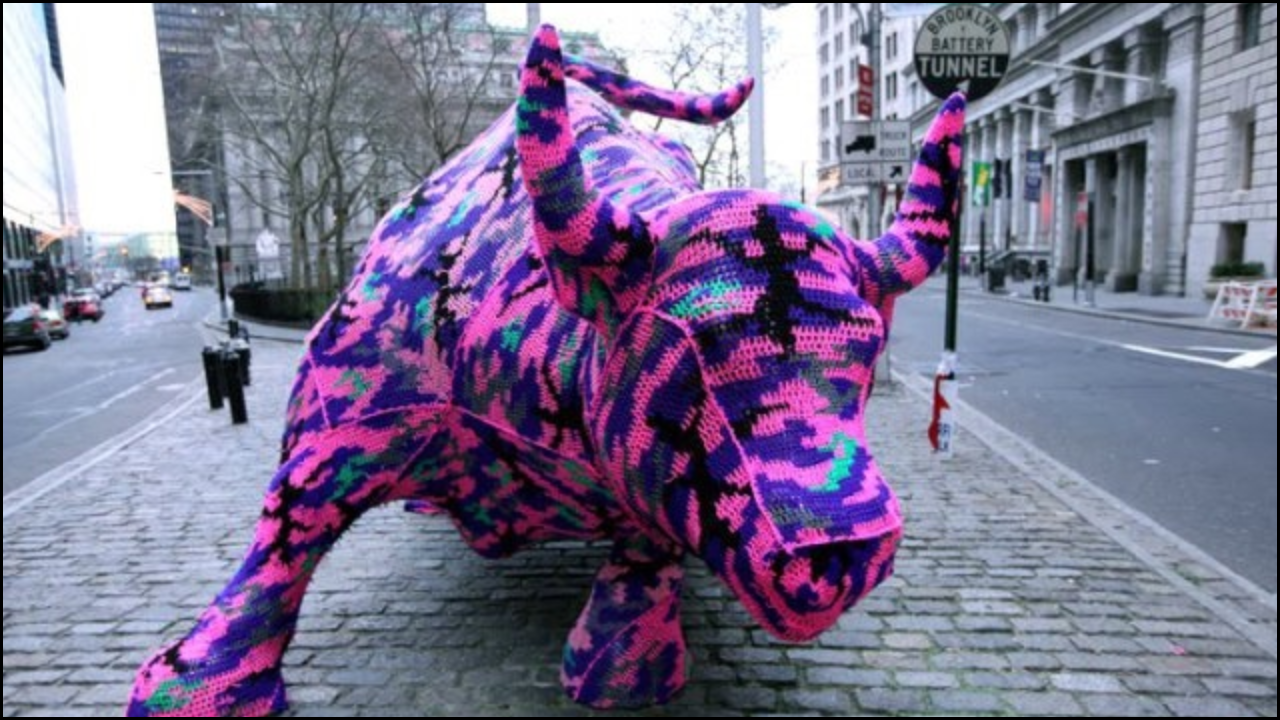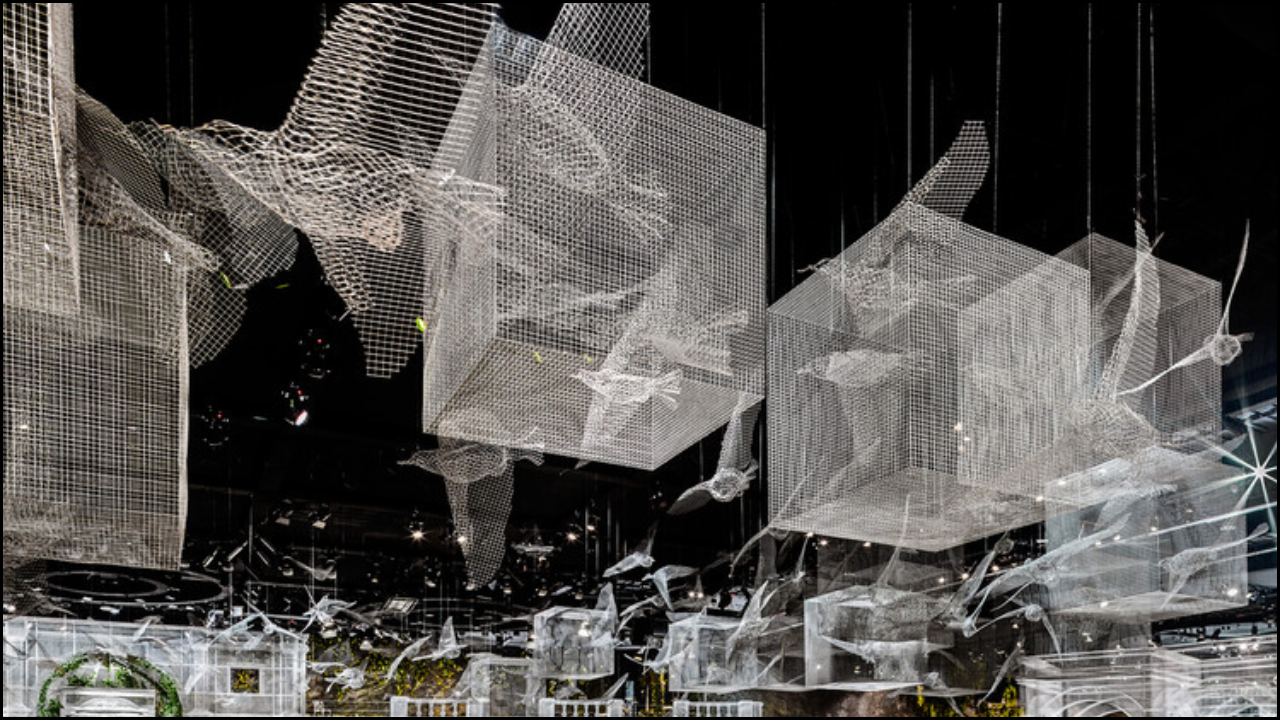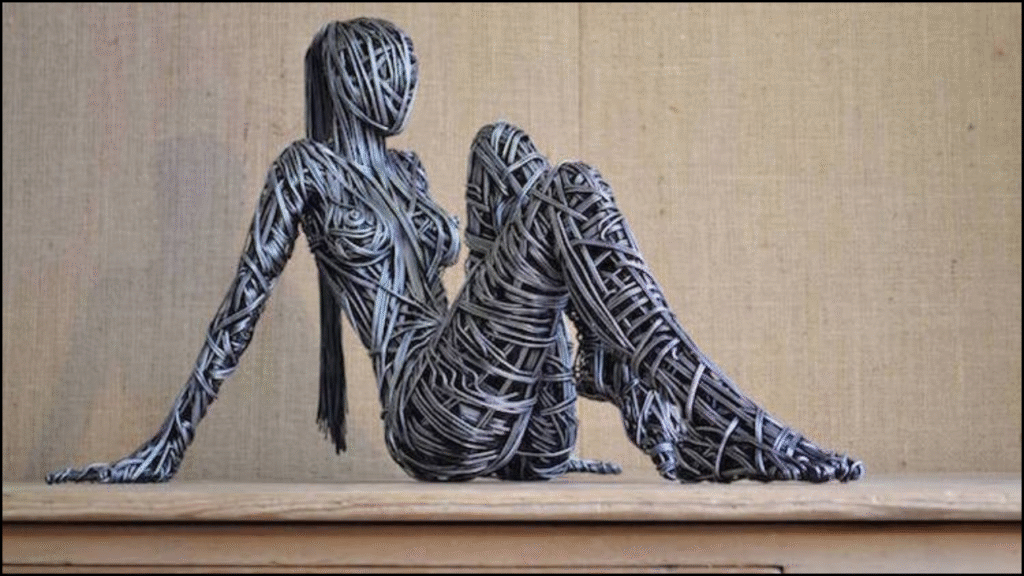
Contemporary sculpture explores materials beyond traditional stone, bronze, or wood, with wire emerging as a significant medium. Wire allows artists to create works that combine flexibility, fragility, and strength, offering a unique visual language. The metaphorical use of wire conveys ideas of connection, tension, confinement, and movement. Artists employ wire to challenge perceptions of space and form, creating sculptures that interact dynamically with their environment. This study examines wire as a metaphorical tool, its applications, and the conceptual frameworks that contemporary sculptors utilize.
Table of Contents
Conceptual Significance of Wire in Sculpture
- Flexibility as Expression: Wire’s malleability symbolizes adaptability, human emotion, and organic forms.
- Tension and Constraint: A Tight or intertwined wire represents struggles, boundaries, or societal pressures.
- Connection and Network: Wire signifies relationships, linking disparate elements into cohesive structures.
- Ephemerality and Fragility: A Thin wire can convey impermanence, fragility of life, or fleeting thoughts.
- Transparency and Openness: Open wire frameworks allow light and space to pass through, creating an impression of transparency in both material and concept.
Historical Context of Wire in Sculpture
- Early 20th Century Experiments: Artists like Alexander Calder explored wire to produce kinetic sculptures and mobiles.
- Post-War Sculpture: Wire gained prominence for minimalist and abstract expressions, emphasizing line over mass.
- Contemporary Adaptations: Today, wire is used in large-scale installations, figurative work, and interactive pieces, reflecting complex social, environmental, and personal narratives.
Techniques and Approaches in Wire Sculpture
- Bending and Twisting: Manipulation of wire to form intricate patterns or dynamic gestures.
- Weaving and Knotting: Wire is used like textile fibers to create complex textures and structural density.
- Layering and Coiling: Adding layers to increase volume, depth, and dimensionality.
- Integration with Mixed Media: Combining wire with other materials such as wood, resin, or fabric to enrich metaphorical meaning.
Symbolism and Interpretation
- Human Form Representation: Wire outlines human silhouettes, gestures, and postures, symbolizing vulnerability, freedom, or confinement.
- Nature and Environment: Wire depicts organic forms like trees, vines, and landscapes, metaphorically connecting humanity with nature.
- Social Commentary: Wire networks represent social systems, communication, and the tension between individuality and community.
- Psychological States: Entangled wires evoke mental complexity, inner conflict, or emotional entrapment.
Common Wire Sculpture Metaphors and Their Meanings
| Metaphor | Meaning in Sculpture | Example Techniques |
|---|---|---|
| Flexibility | Adaptability, change, emotional fluidity | Bending, coiling |
| Tension | Struggle, societal pressure, conflict | Tight twisting, interlacing |
| Connection | Relationships, networks, cohesion | Linking, weaving |
| Fragility | Ephemeral life, vulnerability | Thin wire frameworks, minimal lines |
| Transparency | Openness, clarity, simplicity | Open structures, sparse composition |
| Movement | Life, energy, dynamic processes | Kinetic wires, suspended forms |
Notable Contemporary Artists Using Wire
- Alexander Calder: Pioneer of kinetic wire sculptures and mobiles; his work emphasizes movement and spatial dynamics.
- Ruth Asawa: Known for intricate woven wire forms, her sculptures explore organic patterns and light interplay.
- Tom Friedman: Uses wire for delicate, surrealistic constructions, emphasizing concept and narrative.
- David Oliveira: Combines wire with mixed media to explore the human form and psychological tension.
- Chiharu Shiota: Employs wire to create immersive installations symbolizing memory, connection, and entanglement.
Wire and Spatial Interaction
- Dimensionality: Wire creates three-dimensional line drawings in space, challenging traditional sculpture notions.
- Light and Shadow: Wire interacts with lighting, producing dynamic shadows that extend the metaphorical narrative.
- Environmental Engagement: Sculptures respond to wind, movement, and viewer interaction, emphasizing relational metaphors.
Educational and Exhibitional Context
- Art Schools and Workshops: Wire sculpture is integrated into contemporary art curricula, teaching manipulation, patience, and conceptual thinking.
- Gallery Installations: Exhibitions often focus on the interplay of wire with space, emphasizing metaphorical narratives.
- Community Projects: Wire is accessible, allowing participatory workshops and public art initiatives, strengthening community connection.
Materials and Tools
- Wire Types: Aluminum, copper, steel, and coated wires provide various strengths and aesthetics.
- Tools: Pliers, wire cutters, mandrels, and bending jigs allow precise shaping and structural integrity.
- Safety Considerations: Protective gloves and careful handling are necessary to prevent injury and preserve work quality.
Wire Types and Sculptural Applications
| Wire Type | Properties | Sculptural Use |
|---|---|---|
| Aluminum | Lightweight, malleable | Large installations, delicate forms |
| Copper | Flexible, aesthetic patina | Figurative and organic sculptures |
| Steel | Strong, durable | Structural frameworks, outdoor art |
| Coated Wire | Colorful, protective coating | Decorative patterns, educational works |
Critical Perspectives
- Minimalism and Line Focus: Wire emphasizes contour and line over mass, reflecting minimalist aesthetics.
- Conceptual Art: Wire sculptures often prioritize metaphor and idea rather than realism.
- Interaction with Viewers: Contemporary wire works engage audiences physically and emotionally, inviting interpretation and reflection.
- Sustainability Considerations: Wire can be recycled or reused, reflecting contemporary environmental consciousness.
Challenges in Wire Sculpture
- Structural Limitations: Maintaining stability in large-scale or intricate pieces requires careful engineering.
- Material Fatigue: Wire may bend unintentionally or break over time, demanding maintenance or reinforcement.
- Transport and Display: Fragile wire installations require specialized handling to preserve integrity.
Future Directions
- Digital Fabrication: 3D modeling and CNC wire bending expand possibilities for complex forms.
- Interactive Installations: Sensors and motion integration allow dynamic interaction with viewers.
- Cross-Cultural Interpretations: Artists increasingly draw from global traditions, blending wire metaphors with cultural symbolism.
- Sustainable Practices: Emphasis on eco-friendly materials and community recycling projects enhances conceptual depth.
Final Analysis
Wire as a metaphor in contemporary sculpture bridges materiality and meaning. Its ability to convey flexibility, tension, fragility, and connection enables artists to explore complex human and societal experiences. Sculptors manipulate wire to produce dynamic forms, spatial interplay, and emotional resonance. From historical pioneers to modern innovators, wire continues to expand the boundaries of sculpture, offering endless opportunities for interpretation, experimentation, and dialogue. Contemporary wire sculpture embodies both aesthetic elegance and metaphorical depth, making it a vital element in today’s artistic landscape.

